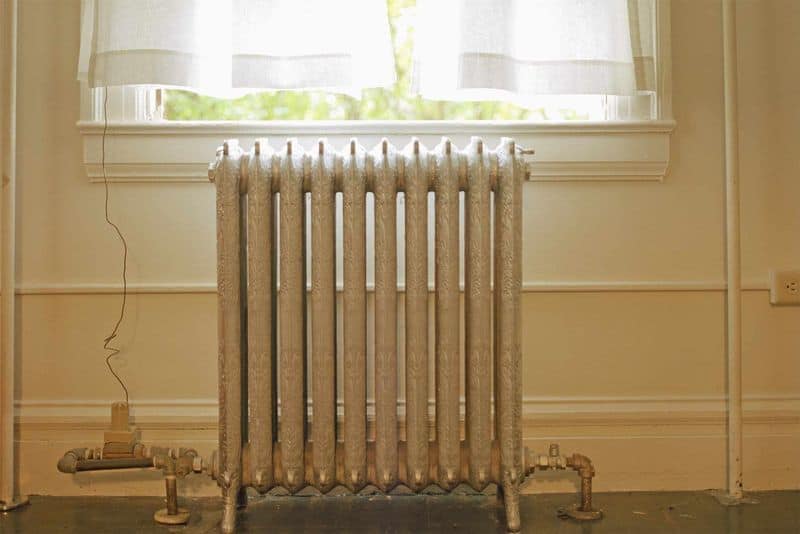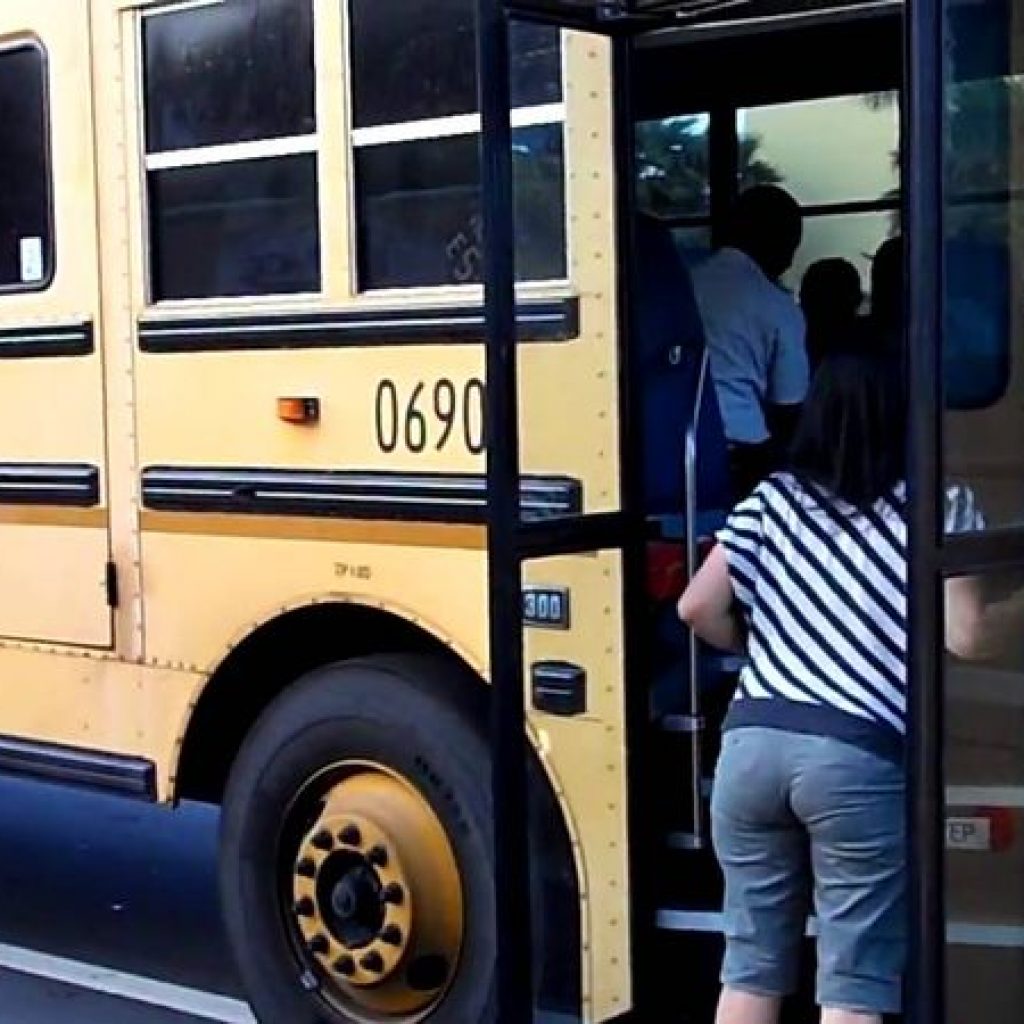As time progresses, the economic landscape continues to shift, often in ways that are challenging for the older generation. Baby Boomers, who have journeyed through multiple decades of economic highs and lows, are now facing new financial hurdles. With inflation and cost-of-living increases, many everyday items are becoming increasingly unaffordable.
This blog post explores fifteen such items, highlighting how these changes could impact Boomers’ daily lives. From healthcare essentials to leisure activities, the future may demand difficult choices. Let’s delve into what these items are and why they’re expected to become financial burdens within the next decade.
1. Prescription Medications

Prescription medications are a lifeline, especially for older adults managing chronic conditions. With pharmaceutical prices climbing, many Boomers could struggle to afford essential drugs. This financial strain might lead to tough decisions about which medications to prioritize.
In the next decade, without significant policy changes, the situation could worsen. Rising drug costs may compel Boomers to seek alternative therapies or rely on insufficient over-the-counter options.
Maintaining health becomes not just a personal journey but a financial challenge, urging Boomers to explore generic options and seek assistance programs to alleviate pressure.
2. Home Heating

Home heating is crucial for comfort, especially in colder climates. However, rising energy prices mean that keeping warm will become increasingly costly. For many Boomers, this might mean choosing between warmth and other essentials.
As utility prices escalate, some may resort to energy conservation measures, such as layering clothing or sealing drafts, to reduce expenses.
Investing in energy-efficient appliances or insulation could offer relief, but such upfront costs can be prohibitive, further complicating the financial landscape for the elderly.
3. Fresh Produce

Access to fresh produce is vital for a balanced diet, yet its affordability is waning. Climate change and transportation costs contribute to rising prices, affecting food security for Boomers.
The increasing expense may force them to opt for cheaper, less nutritious alternatives, impacting health in the long run.
To combat this, seniors might consider growing their own gardens or participating in community gardens, providing a sustainable and cost-effective source of fresh produce.
4. Quality Healthcare

The cost of quality healthcare is a mounting concern as insurance premiums and out-of-pocket expenses rise. Boomers, many of whom are on fixed incomes, may find it hard to keep up.
This financial burden could lead to postponed medical treatments or skipped doctor’s visits, potentially exacerbating health issues.
Exploring telemedicine options and preventative care strategies might offer cost-saving avenues, helping maintain well-being without breaking the bank.
5. Internet Service

Internet access is a modern necessity, connecting us to information and loved ones. Yet, as service costs rise, this crucial tool may become unaffordable for many Boomers.
This digital divide could lead to social isolation and difficulty accessing essential services and news.
Seeking affordable plans or community-based internet programs could help mitigate costs, ensuring Boomers stay connected in an increasingly digital world.
6. Dining Out

Dining out offers social and culinary enjoyment, yet rising restaurant prices are making it a luxury. For Boomers, this means fewer outings and more home-cooked meals.
The growing expense of dining out can impact social lives, as it often serves as a venue for family gatherings and celebrations.
Cooking classes or recipe sharing among peers might become popular alternatives, promoting not just saving but also new culinary skills.
7. Public Transportation

Public transportation is a lifeline for those who can’t drive. However, fare increases are making it pricier for Boomers. This may restrict their mobility and access to essential services.
Higher costs could force some to limit travel, impacting social interactions and healthcare access.
Carpooling or advocating for senior discounts could be potential solutions to maintain mobility without financial strain.
8. Home Repairs

Home maintenance is vital for safety and comfort, yet repair costs are skyrocketing. For Boomers on fixed incomes, essential repairs can become overwhelming.
Delaying necessary maintenance may lead to larger, costlier problems in the future.
Seeking community support, volunteer programs, or learning basic DIY skills could help alleviate some of these burdens, ensuring homes remain safe and livable.
9. Travel and Vacations

Travel offers enriching experiences, but rising costs put it out of reach for many Boomers. With airfare and accommodation prices climbing, vacations become less frequent.
For those who value travel, this may mean prioritizing certain trips or exploring budget-friendly options like staycations.
Travel clubs or loyalty programs might offer discounts, helping to keep the spirit of adventure alive without overspending.
10. Pet Care

Pets are beloved companions, but the cost of their care is rising. Veterinary bills, food, and grooming expenses add up, posing financial challenges for Boomers.
Some may face difficult choices about pet ownership or care quality due to limited budgets.
Exploring pet insurance or community pet care resources could offer relief, ensuring that the bond with furry friends remains strong and affordable.
11. Cable Television

Cable television, a staple of home entertainment, is becoming a financial burden as subscription costs rise. Boomers may need to reconsider their viewing habits as monthly bills increase.
Cutting the cord and opting for streaming services could be a cost-effective alternative, though it requires navigating new technology.
Learning to balance cost and content might become essential, ensuring continued access to favorite shows without excessive expense.
12. Clothing and Apparel

Clothing prices are steadily rising, making it harder for Boomers to update their wardrobes. This trend could lead to more thrift shopping or simply making do with less.
Quality over quantity might become a guiding principle, focusing on durable, versatile pieces instead of frequent purchases.
Engaging in clothing swaps or learning basic sewing skills could offer creative solutions to maintain a stylish and affordable wardrobe.
13. Dental Care

Dental care is crucial for health, but it’s becoming increasingly expensive. Boomers might delay visits due to cost, risking long-term oral health.
Preventative care and good hygiene practices can help mitigate some expenses, though they are not substitutes for professional care.
Exploring dental savings plans or seeking community dental clinics could provide more affordable care options, ensuring dental health is not neglected.
14. Gym Memberships

Staying active is essential for health, yet gym memberships are becoming costly luxuries. Boomers may find it hard to justify these expenses on a fixed income.
Alternatives like home-based exercise routines, free community classes, or outdoor activities could offer cost-effective ways to stay fit.
Emphasizing wellness and creativity in fitness routines can maintain health without the financial burden of traditional gym memberships.
15. Home Insurance

Home insurance is a safety net against unexpected disasters, but premiums are rising. Boomers may struggle to afford adequate coverage, exposing them to potential financial risk.
To mitigate costs, shopping for competitive rates and bundling policies could offer savings.
Understanding policy details and coverage options is crucial, ensuring protection without unnecessary expense, helping Boomers safeguard their homes in uncertain times.
16. Eyecare

As people age, the need for vision correction increases, and many Boomers are likely to face rising costs for eyecare, including regular eye exams, prescription glasses, and corrective surgeries. The cost of eyewear and treatments can become a significant financial burden, especially with limited or no insurance coverage.
Boomers may need to explore vision insurance options or look for discount programs to ease the financial strain. Purchasing eyewear from online retailers or exploring government assistance programs could also help lower costs, ensuring they maintain their quality of life without sacrificing their vision health.

Well, hello there!
My name is Jennifer. Besides being an orthodontist, I am a mother to 3 playful boys. In this motherhood journey, I can say I will never know everything. That’s why I always strive to read a lot, and that’s why I started writing about all the smithereens I came across so that you can have everything in one place! Enjoy and stay positive; you’ve got this!

